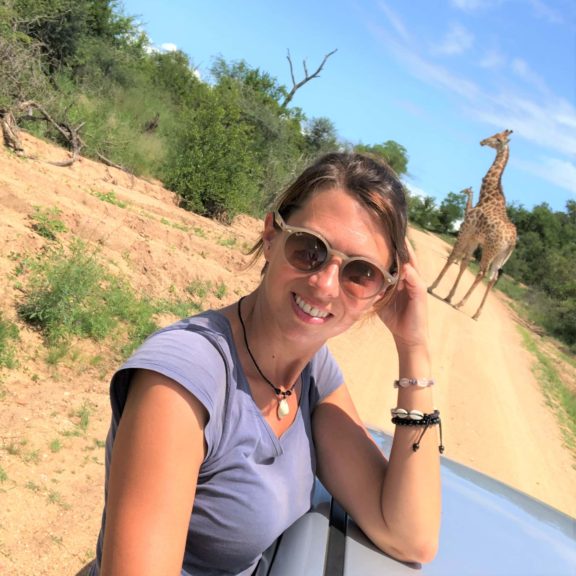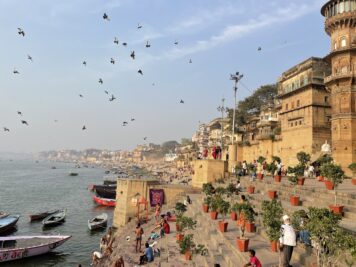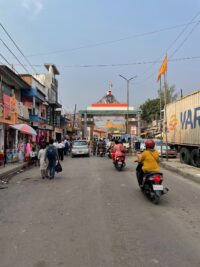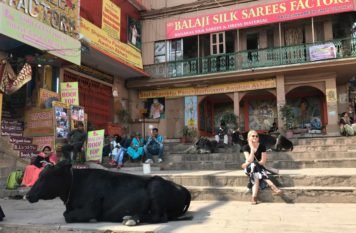Oyv went home from Amritsar and I was on my own in India…again. After he left, I paced over to the Golden temple one last time, sat outside in the dark, and watched idly as a cow in the street ate a plastic bag. Then I went to a dhaba (local restaurant) we both liked, and furthered my ghee-belly development in a fit of loneliness (because nobody does comfort food like India). I was ready to move on.
The next afternoon I sat shivering on my third bus of the day as it lumbered its way along at 1800 metres on the steep road up to McLeod Ganj. A cold gust of wind blew through the crack between the glass and the frame – I couldn’t close the window all the way – and the smothering blanket of humidity lying over Amritsar already felt like a distant memory, along with my travels before that in Pakistan.
The bus had no windshield wipers, and the windshield fogged up constantly. The driver occasionally gave it a passing swipe with a rag and momentarily cleared a small streak, through which only more white fog was visible. I assume he glanced at the road ahead whenever he stuck his head out the window to spit, which admittedly was a lot so it seemed we were safe enough on the precipitous climb.
McLeod Ganj, the noisy town a few kilometers up the hill above Dharamsala, is the home of the Dalai Lama and the Tibetan government in exile. The Dalai Lama has been in residence here since he fled Tibet in 1959 disguised as a soldier, and trekked over the Himalayas. Together with two much smaller villages even further up the hillside, McLeod is also a travellers’ enclave and very similar to other well-known backpacker hangouts in India I’ve seen before. There are yoga and meditation classes on offer, courses in every sort of healing or spiritual art, and all sort of shops and cafes. No surprises here, on this my fifth trip to India. Had I seen it all, I wondered.
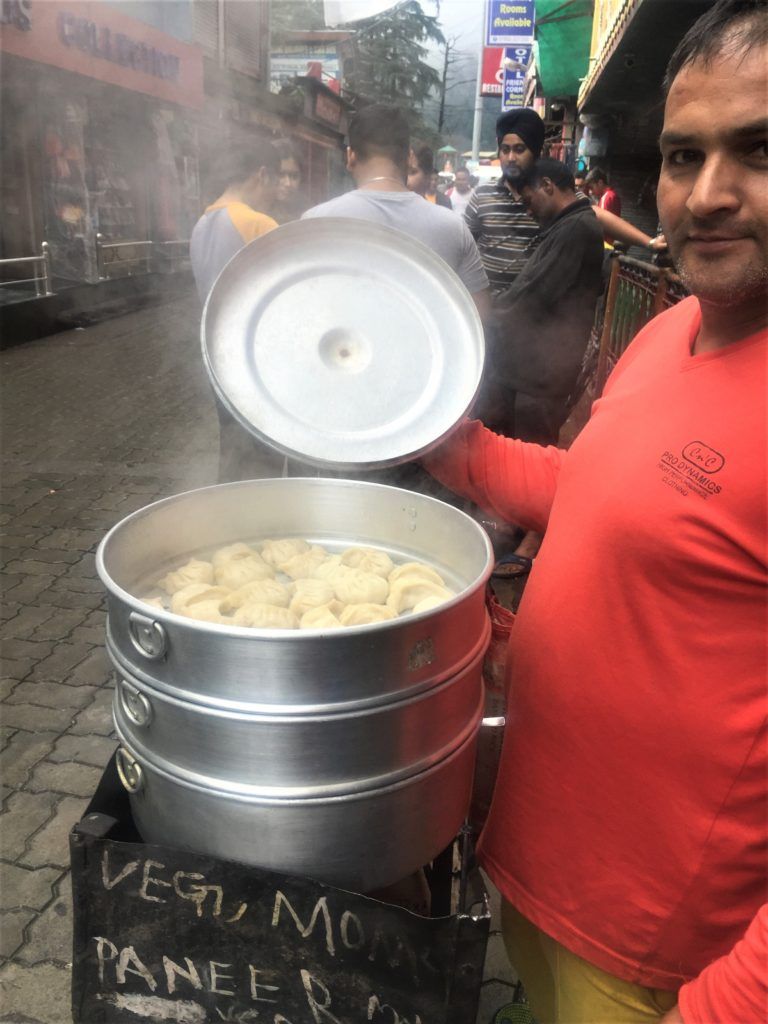
I picked a guesthouse and stayed in McLeod for a week, hiking up the hill very early in the mornings past hysterically barking dogs and troops of squealing monkeys, to yoga class in Dharamkot village. Nothing like the fear of rabies to get your heart pounding (…on a steep hike in the forest). I visited the Dalai Lama’s temple complex and the Tibetan museum.
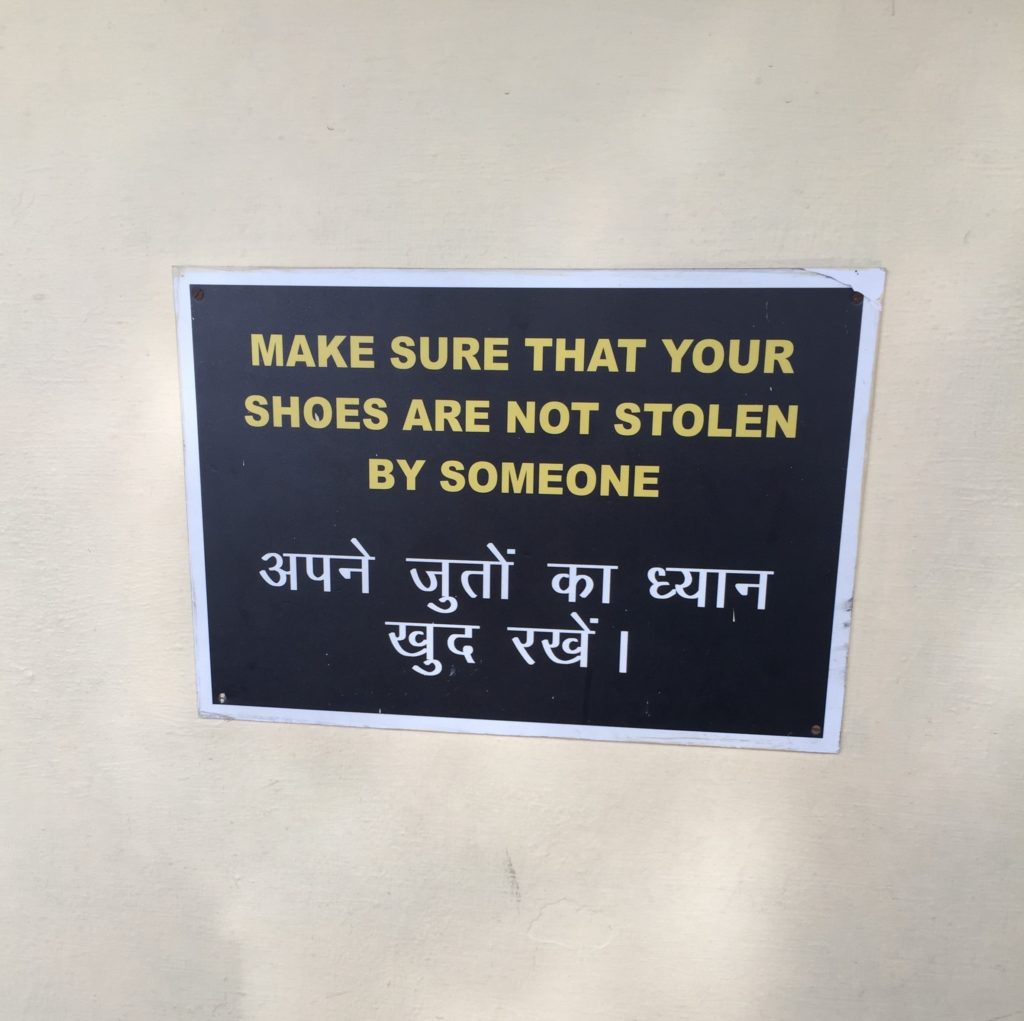
And I followed the whisper of spinning prayer wheels on the Kora walk – a ritual circuit clockwise around the main temple – on a forest path shrouded in heavy mist that swirled around the trees and me.
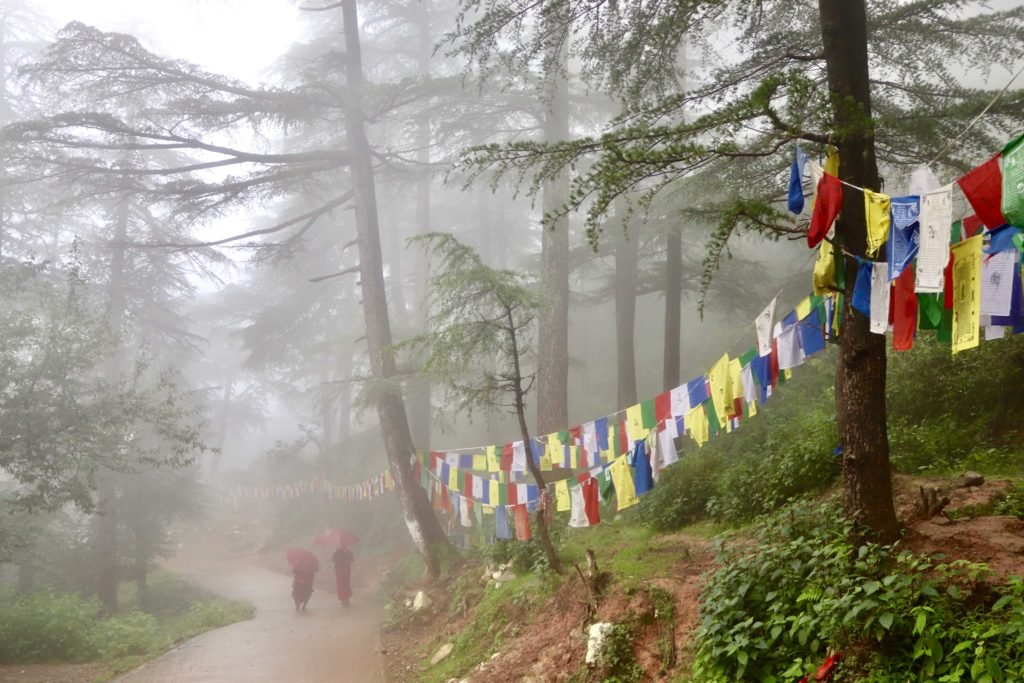
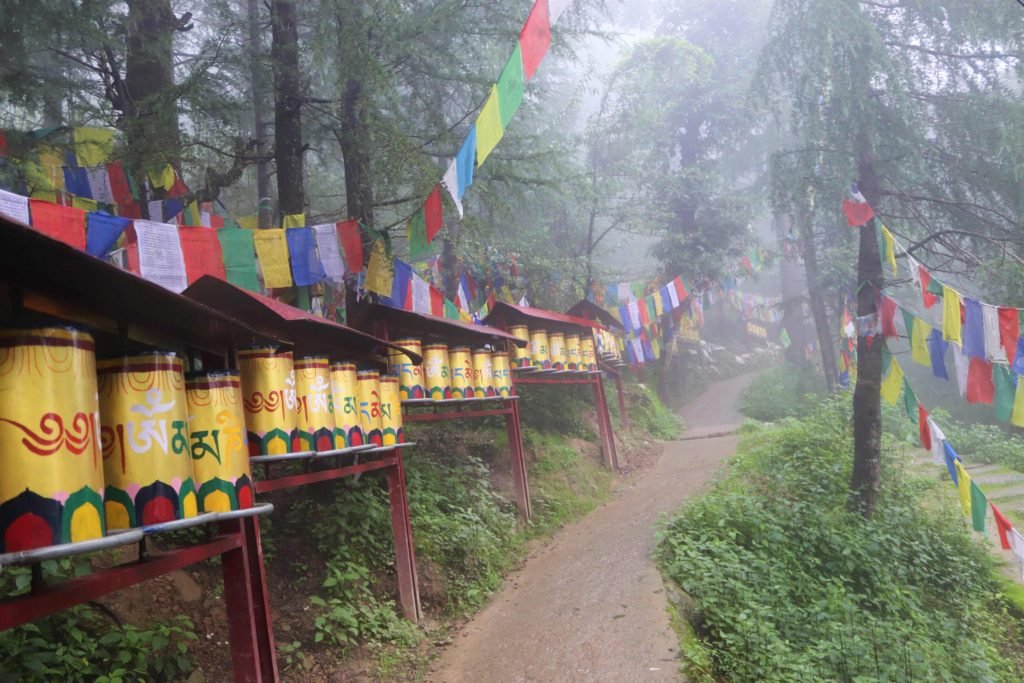
But it rained. A lot. Every day, it rained for hours off and on. This didn’t surprise me either – it was the monsoon season after all. I’ve travelled during the monsoon before but sort of forgotten just how rainy it really is, in the haze of post-travel memories. The kind where you think about the clean air after a downpour, or the rain drumming on your tin roof at night; and not so much about slogging up the street, caught out sans raincoat and drenched to the skin, the backs of your legs spattered in mud from your flip-flops, all your clothes and your bedding permanently damp.
Not all parts of the country are adversely affected by the monsoon though, so I decided to go to one of those parts: the Himalayan land of Ladakh. Far away over high mountain passes in India’s northernmost state, Jammu and Kashmir, Ladakh is only accessible by road between May and September when those same forbidding mountains shelter it from the rains.
When you hear ‘…blah blah blah…Kashmir’ the first thing that comes to mind is probably not that it might make a nice escape from a bit of rain and muddy feet. Kashmir is a volatile area and has been a source of political conflict ever since the partition of India, with India and Pakistan both laying claim to all the land on either side of the Line of Control (LOC, the de facto border) that lies between them and separates Kashmir into two. Three wars have been fought in the 20th century over the region. But Ladakh, a separate district inside of the Indian-controlled territory has always been removed from conflict and is safe for travel.
Once upon a time Ladakh was a little Kingdom, culturally Tibetan and predominantly Buddhist. The Kingdom dissolved and the Royals were deposed about 200 years ago when this ‘Little Tibet’ was annexed into what is now the Indian state of Jammu & Kashmir. I settled in Leh, the regional hub, a town of about 50 000: Tibetans and Ladakhis; monks and nuns; soldiers and civilians; and a sizable foreign traveller population. It’s more a backpacker base than a military one. But despite being another travellers’ enclave, Leh with its Sunni mosque, Ladakhi royal palace and Tibetan gompas (monasteries), is somehow different from the others. Maybe it’s the dramatic location: so remote, surrounded by rugged mountains and barren alpine deserts and green valleys. It feels like an out-of-India experience.
The surrounding Indus valley, easily reachable by a combination of minibuses and hitchhiking is sprinkled with little villages and gompas. There’s Thiksey: where a monastery housing a giant smiling (or smirking?) Buddha tumbles down the side of a rocky pinnacle.
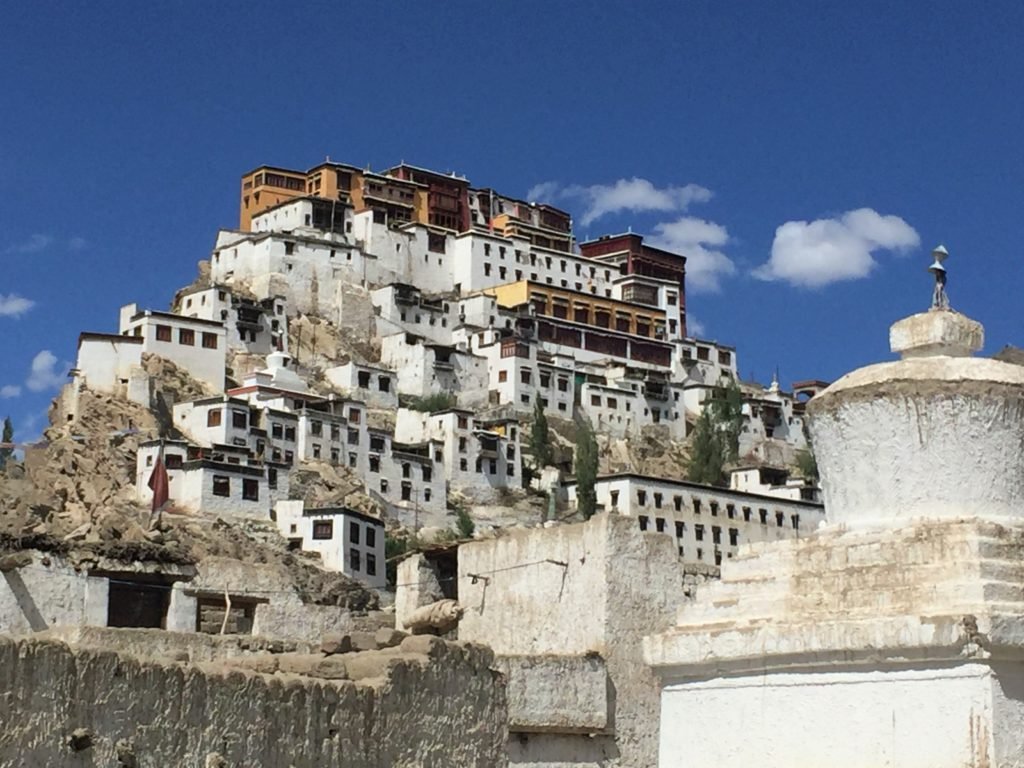
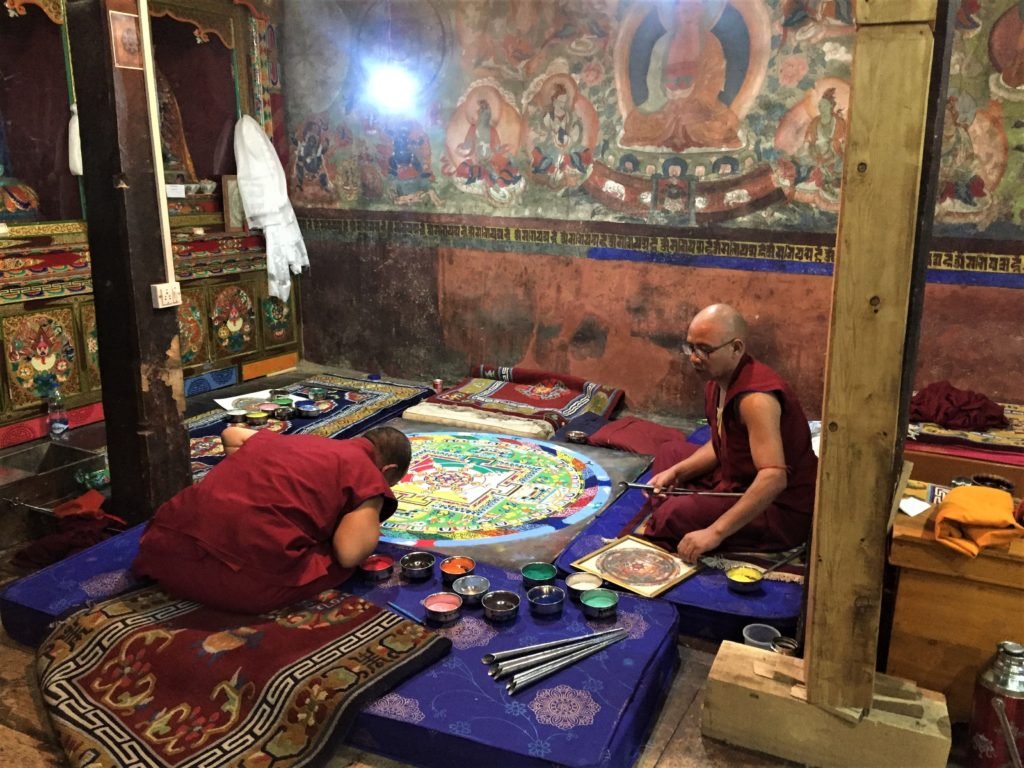
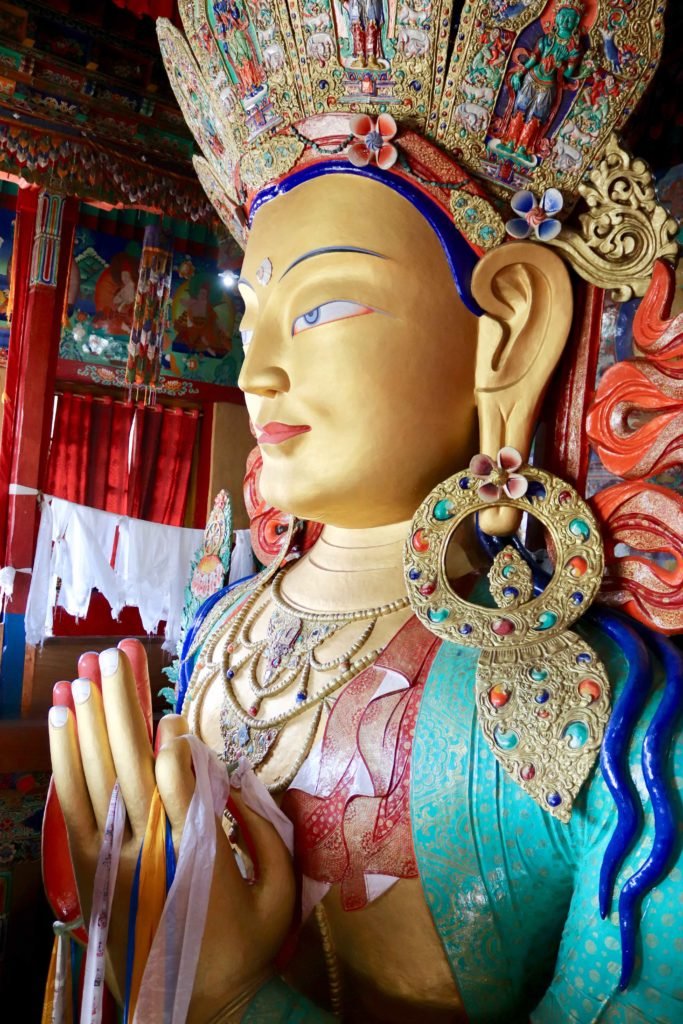
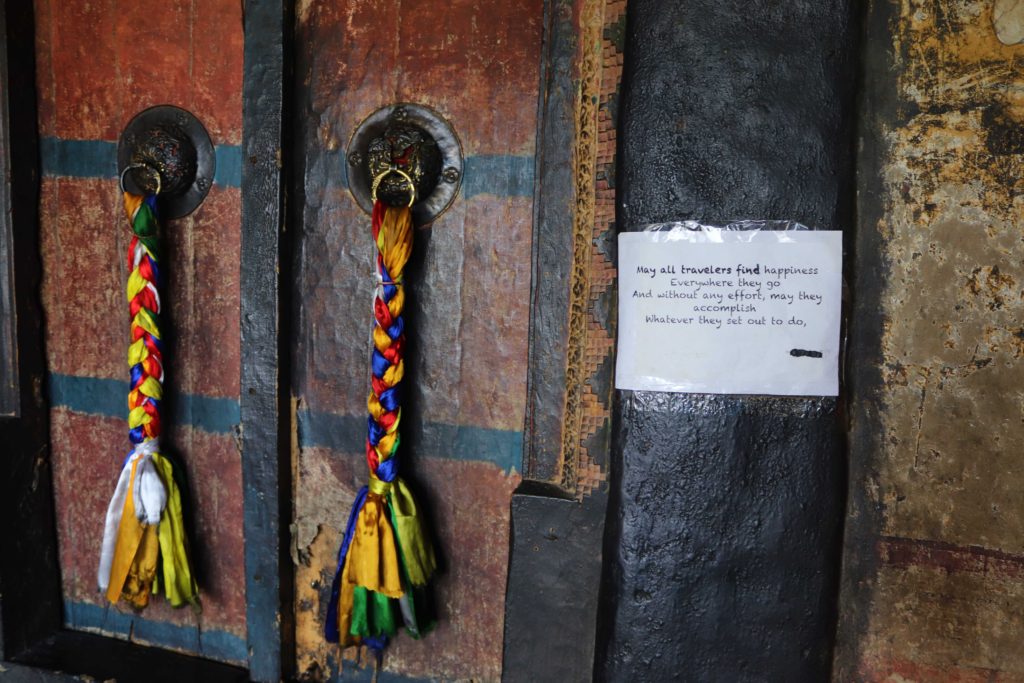
And Chemrey gompa, where a monk invited me to join him for tea and apricots:
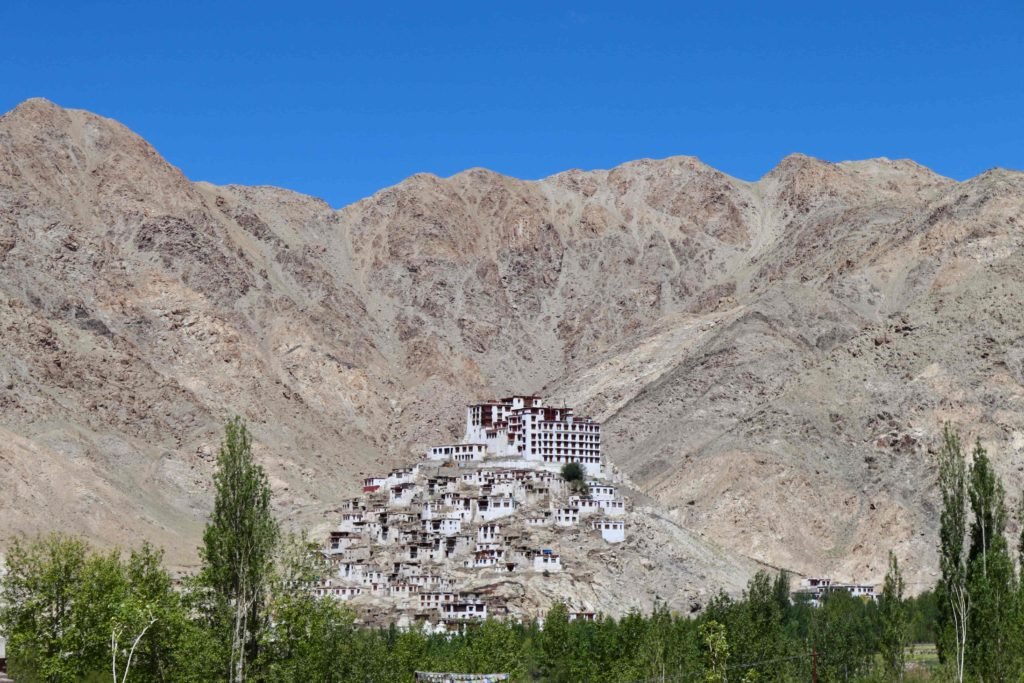
There’s a 17th century palace at Shey: it once belonged to Ladahki royals, and (not to be outdone by Thiksey) it contains a 7.5 metre tall Buddha.
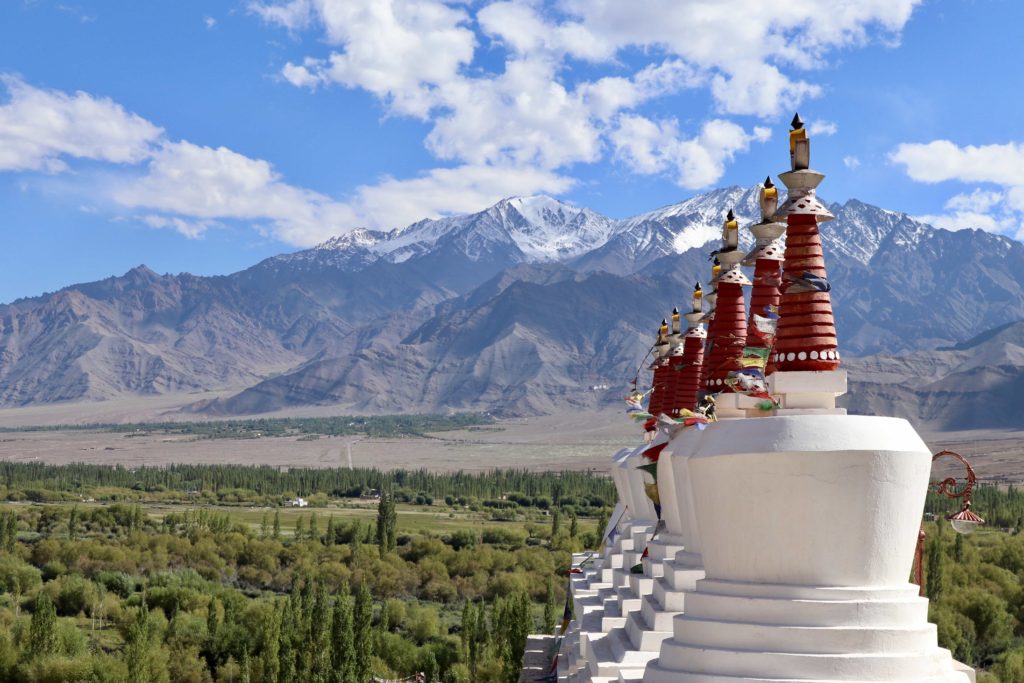
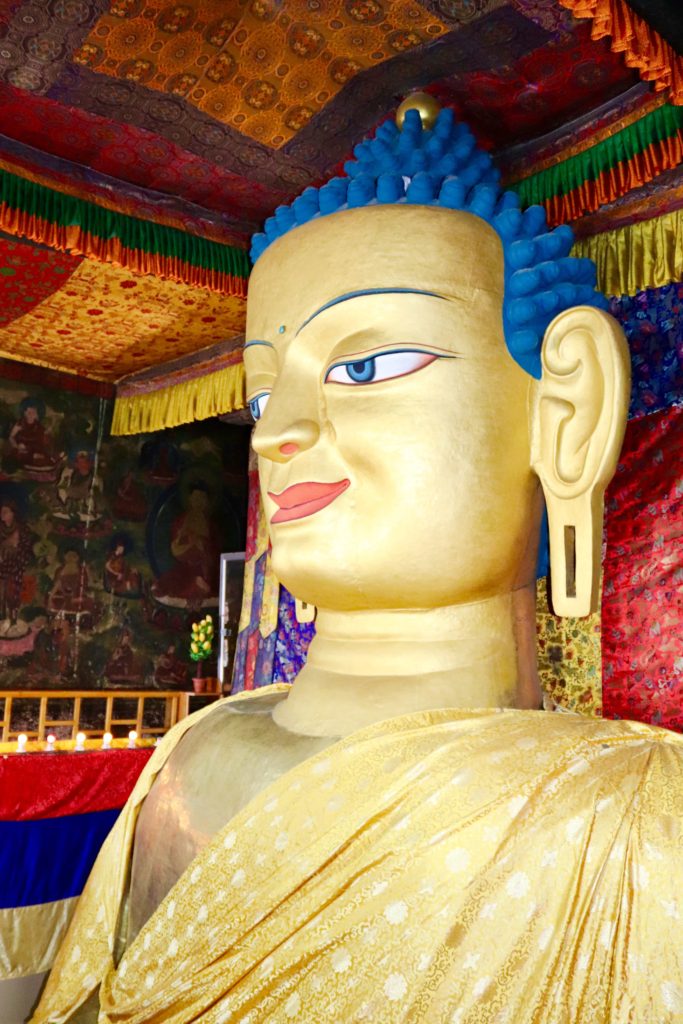
One day I got up before sunrise and leaving my guesthouse in the quiet dark, I waited for a shared jeep bound for the Nubra Valley to fill with passengers.
The best part about the steep and winding drive to the valley (besides mind-blowing landscape) is the government’s campaign to improve road safety, with signs posted every few kilometers. We (ironically) drove too fast to photograph them and I literally could not choose my favourite one, so here is a list:
Safety is Gainful Accident is Painful
Bad Driving Brings Tears Safe Driving Brings Cheers
Driving Faster Causes Disaster
Don’t Worry Hurry Spoils the Curry
Don’t Gossip Let Him Drive
If You Sleep Your Family Will Weep
After Whiskey Driving is Risky
Driving is Pleasure Enjoy it With Leisure
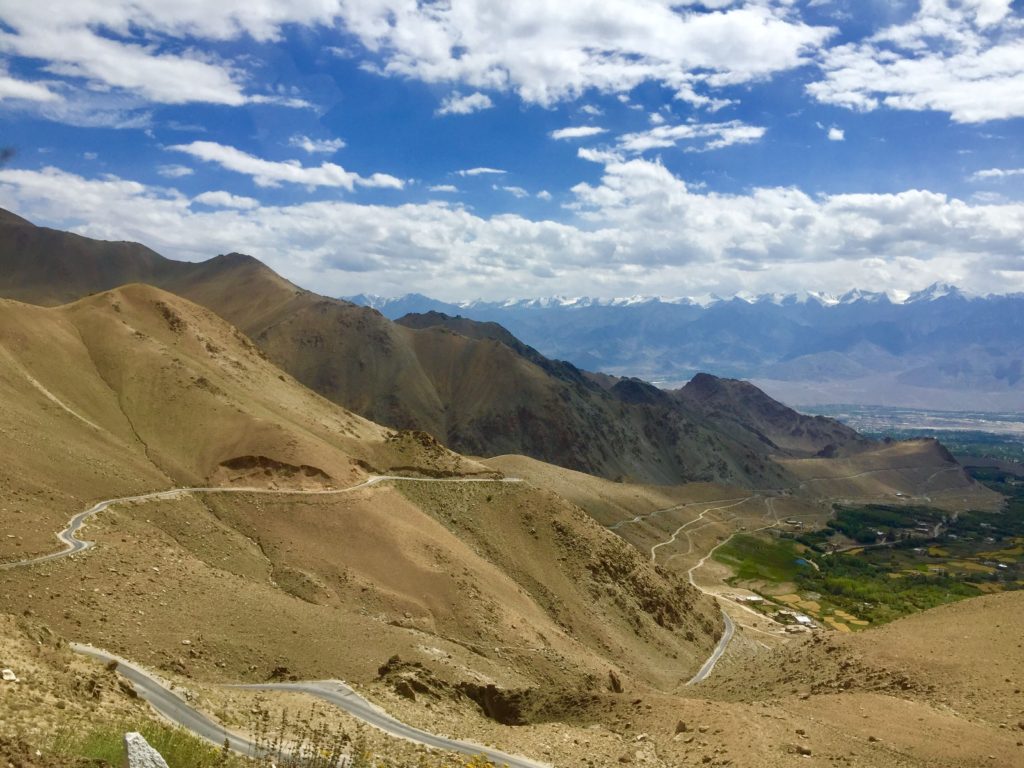
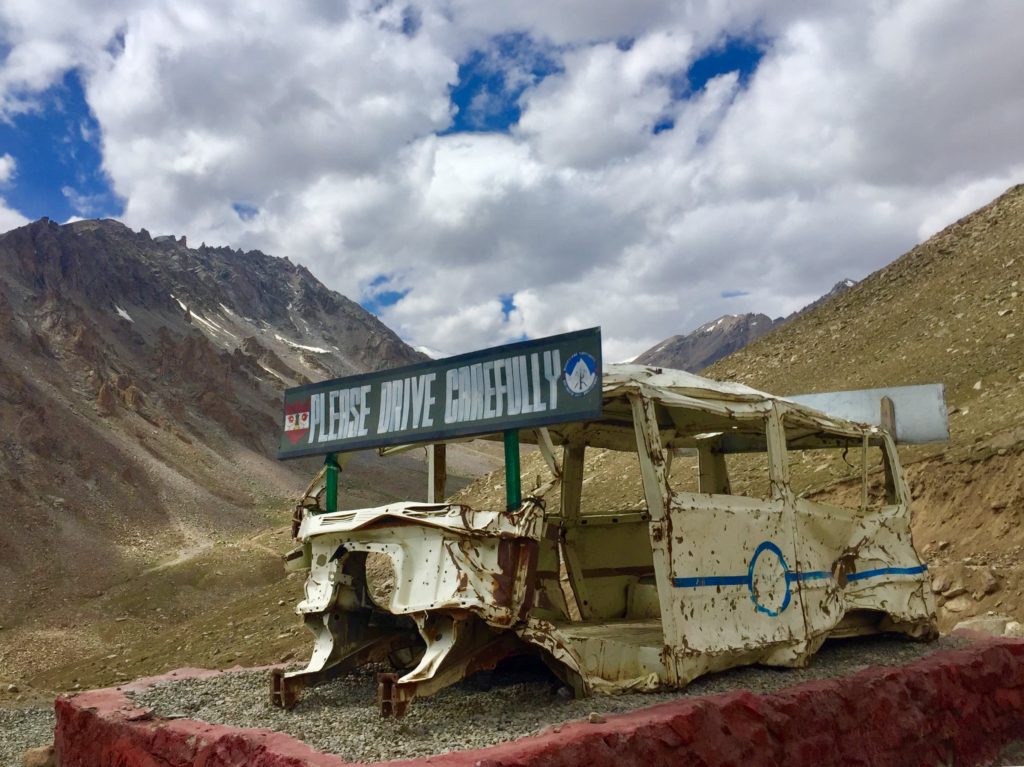
The jeep crossed Khardung La – at 5602 metres, it’s the highest motorable pass in the world – and then dropped me off in Diskit, a very small town which is nevertheless where it’s at in Nubra Valley. By ‘where it’s at’ I mean, I had a guesthouse to stay at and momos (Tibetan dumplings) to eat. There’s another huge hilltop monastery here and an equally huge Buddha who surveys the town:
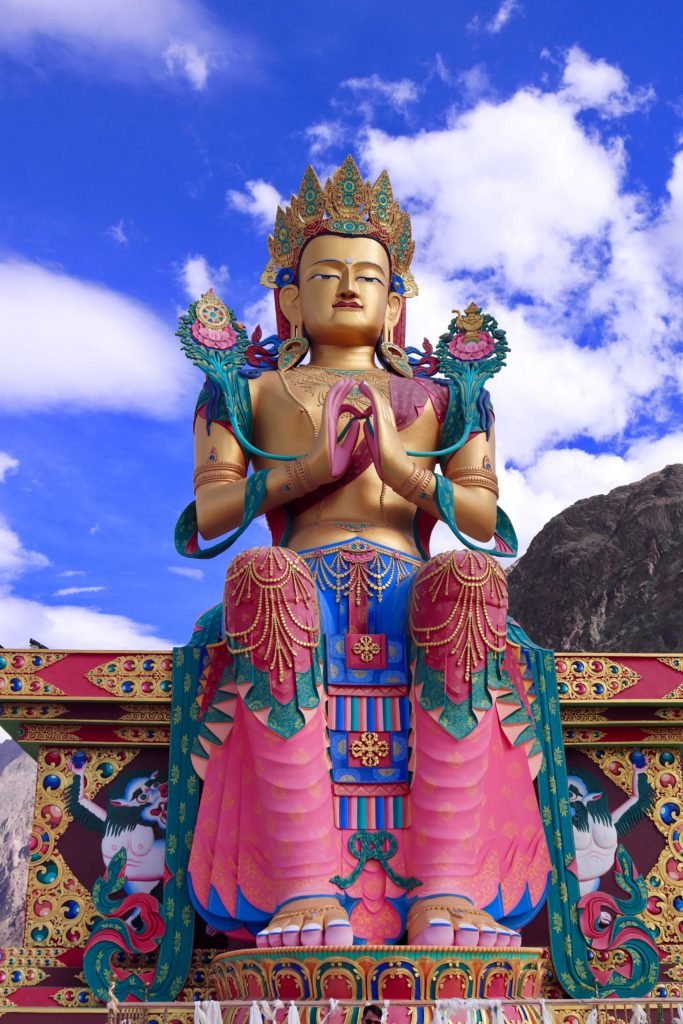
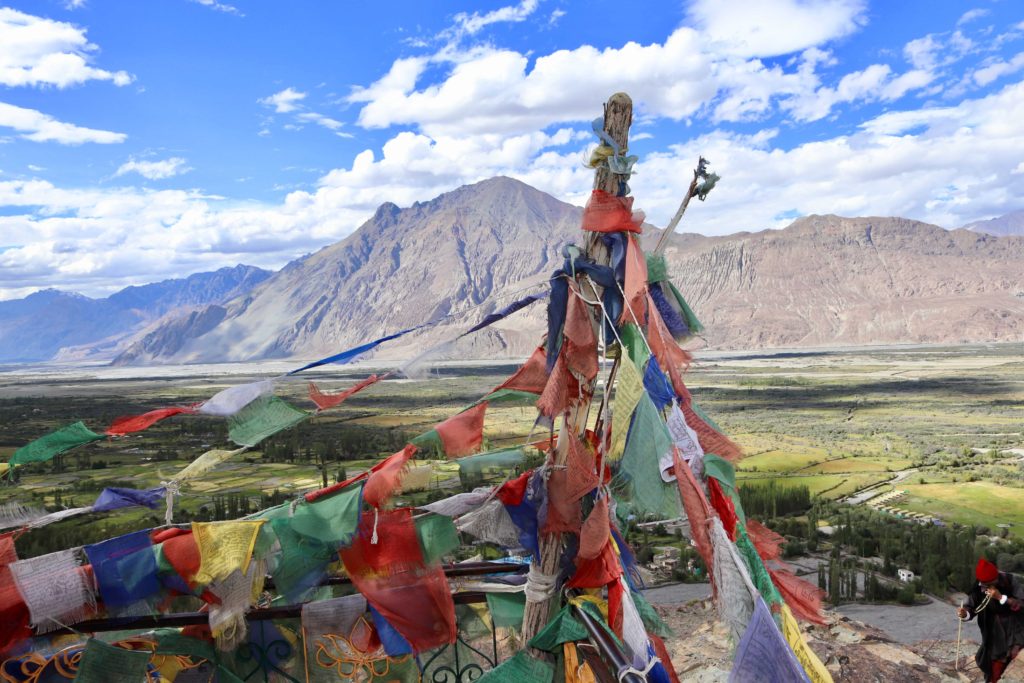
I’d planned to catch a local bus to Turtuk, the last village in India – it’s just a few kilometers away from the Line of Control. But the bus had been commandeered that day: not by the army, but by a school picnic. I was dismayed, but then asking around town I got a seat in a jeep making a passenger-cargo-and-mail run to Turtuk.
Around here the Indian army takes over the signage, posting signs that range from inspirational (If You Think You Can Beat Us You Must Be Joking) to threatening (Trespassers Will Be Shot Dead) to…whimsical? (Not All Who Wander Are Lost).
Driving towards the limit of Indian territory, more signs reminded me that this is a border zone, and not just any border zone but a very sensitive disputed area:
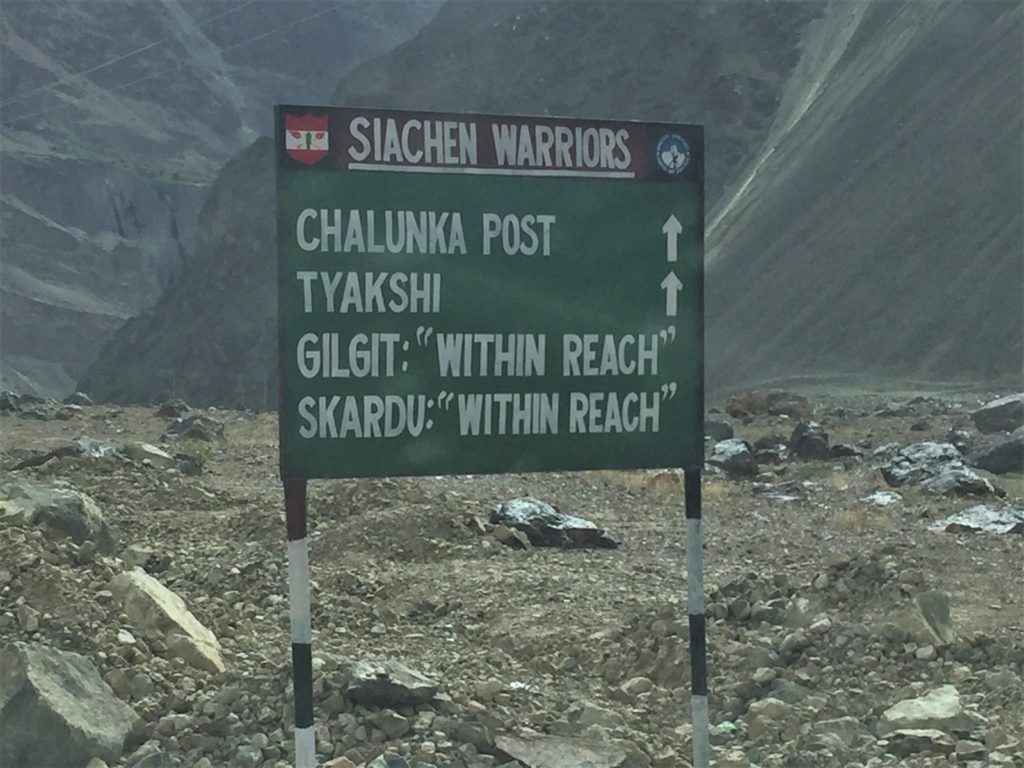
Gilgit and Skardu are both located in northern Pakistan at the moment.
Here I am up on the edge of yet another hilltop monastery, the Karakoram mountains in the distance.
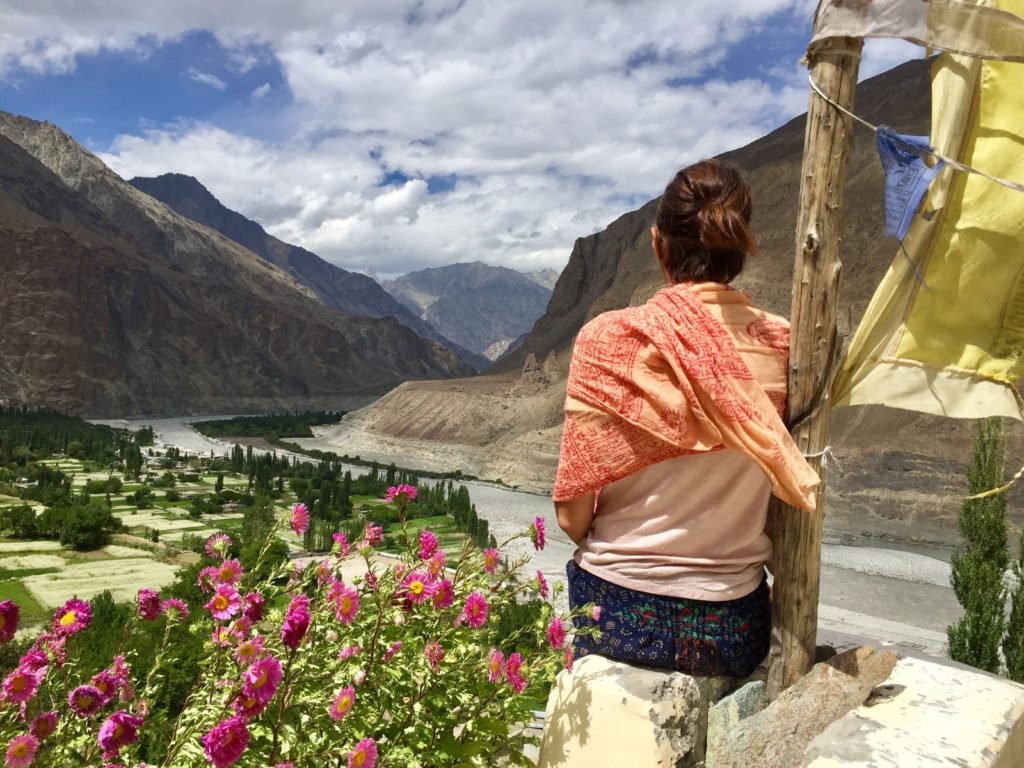
But it’s different here, again. The people who live in Turtuk are Balti, mostly muslim and far more similar to their counterparts in nearby Gilgit-Baltistan: the province in Pakistan I’d so recently explored, just across the LOC. Until a war in 1971 Turtuk was actually part of Pakistan. In a way, I’d come full circle. The OCD in me likes that.
So it seems that one way or another, India never fails to surprise me. It’s good that way. This time, with the magical former Kingdom of Ladakh. Near, yet so far from all the trouble in Kashmir: green, stupa-dotted valleys nestled between snow capped peaks, prayer flags fluttering in the wind, ancient monasteries perched high in the hills. Surrounded by mountains, like a world of its own.
Useful Information
Here’s how I got to the places in this post, and where I stayed.
Amritsar to Dharamsala: From the Amritsar bus stand, platform 55 (behind the building), get a bus going to Pathankot. It costs about 130 rupees and takes 3 hours. Getting out in front of the station in Pathankot, walk to the back again and you’ll find buses going to Dharamsala. That takes another 4 hours and costs 160 rupees. From the bus station in Dharamsala, frequent local buses run up the hill to McLeod Ganj. From there you can walk or taxi to a guesthouse (or further up to the next village, Dharamkot.
Dharamsala – Delhi – Leh: To leave by night bus, take a taxi for about 250 rupees from McLeod down to the ‘junction’ – just tell him you are getting the night bus to Delhi and he’ll drop you off where they all congregate at the same time. You need to organise your ticket in advance – there are dozens of agencies in McLeod selling them. It will cost around 1000 rupees. The buses leave around 7 pm and arrive at Kashmiri Gate bus station in Delhi around 6 am. I suppose standards vary but they all looked more or less the same to me: reclining seats, water bottles, WiFi, reading lamp. Actually pretty comfortable, if you can look past some incidents of poor driving.
From Delhi I flew to Leh. Flights are frequent and cheap. Check Spice Jet and Go Air. By road, it takes 2 days (Dharamsala to Manali, Manali to Leh) – the roads are very much subject to closure due to the weather.
Accommodation: I stayed at Pine Spring in McLeod. Cheap singles, friendly staff, quiet location back from the main road on the hill. Permanently damp, but I think that’s just normal. In Delhi I stayed at Workcoh Hostel in Haus Khas village. I like the place and the neighborhood but honestly for convenience (and food….) I would rather stay down at Pahar Ganj. In Leh I stayed at Mountain View Guesthouse in Karzoo. I loved it. Friendly, comfortable, cheap single room with bathroom and hot water. Easily walkable in minutes to the centre but removed from noise.
Read More
For more of my adventures (and misadventures) in India, check out the rest of my stories from the road.
I’ve also written a guide to traveling around Leh and the Nubra Valley by public transport – it’s easy and cheap.
